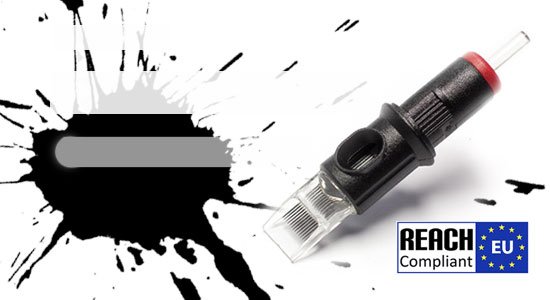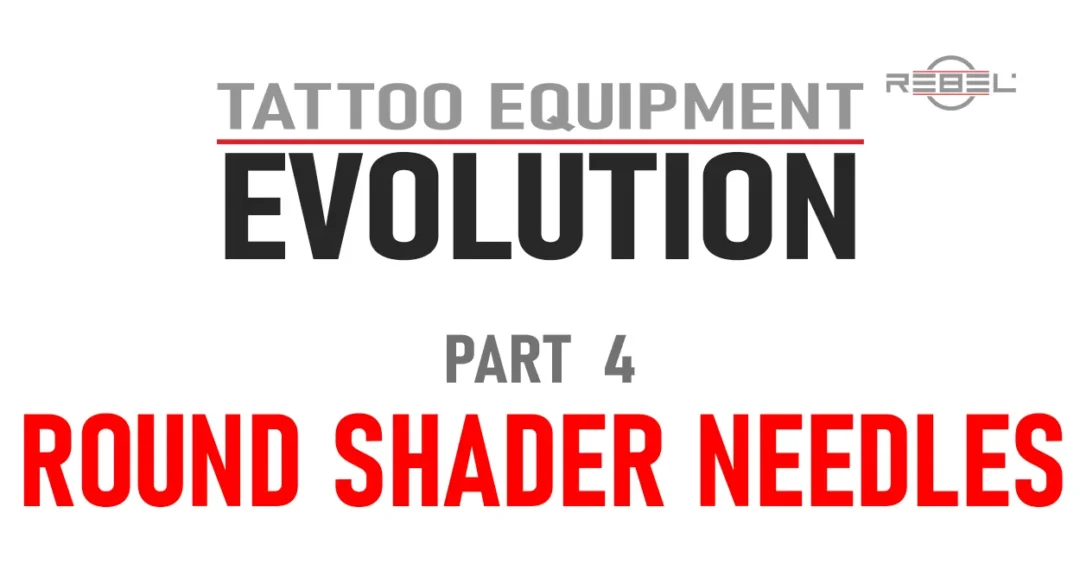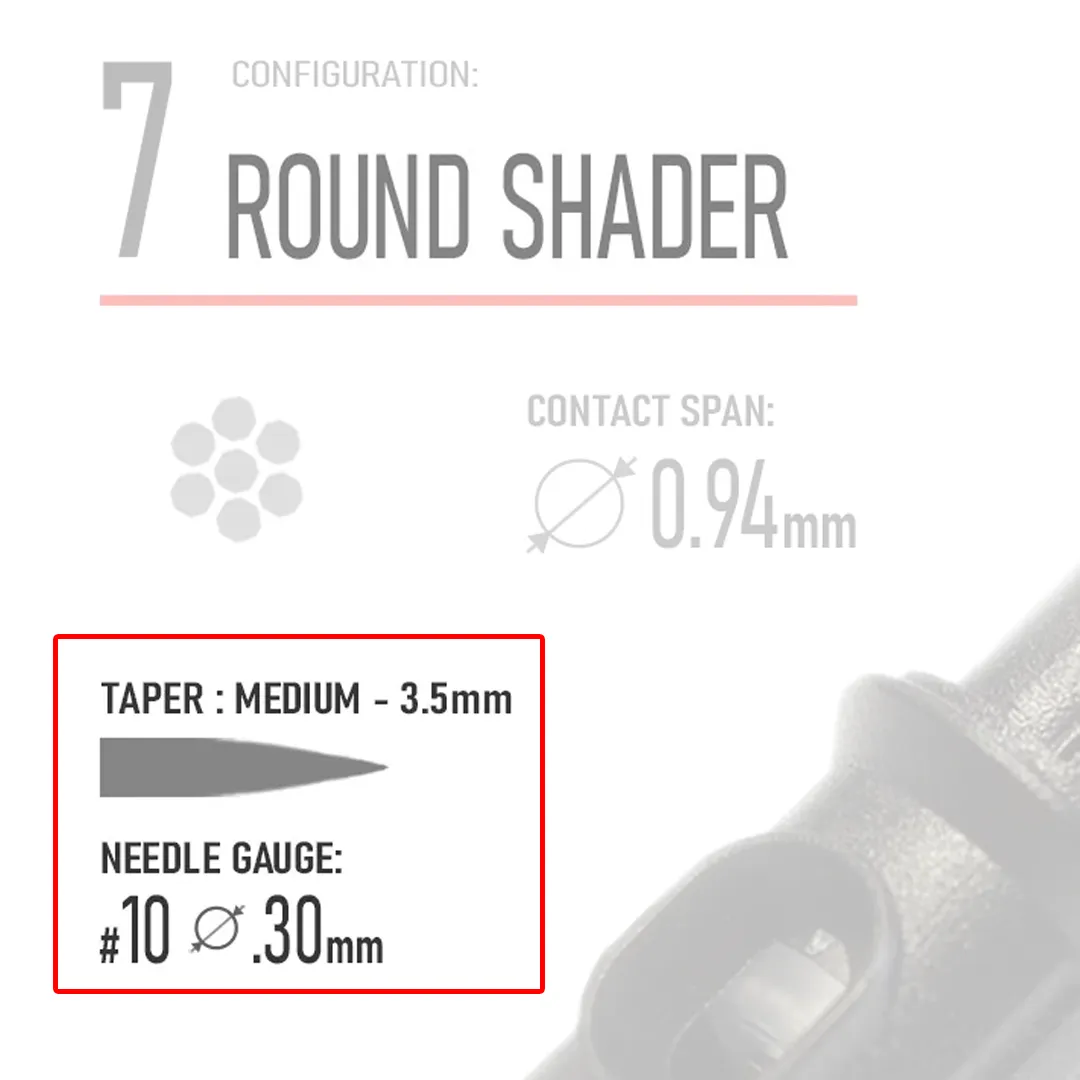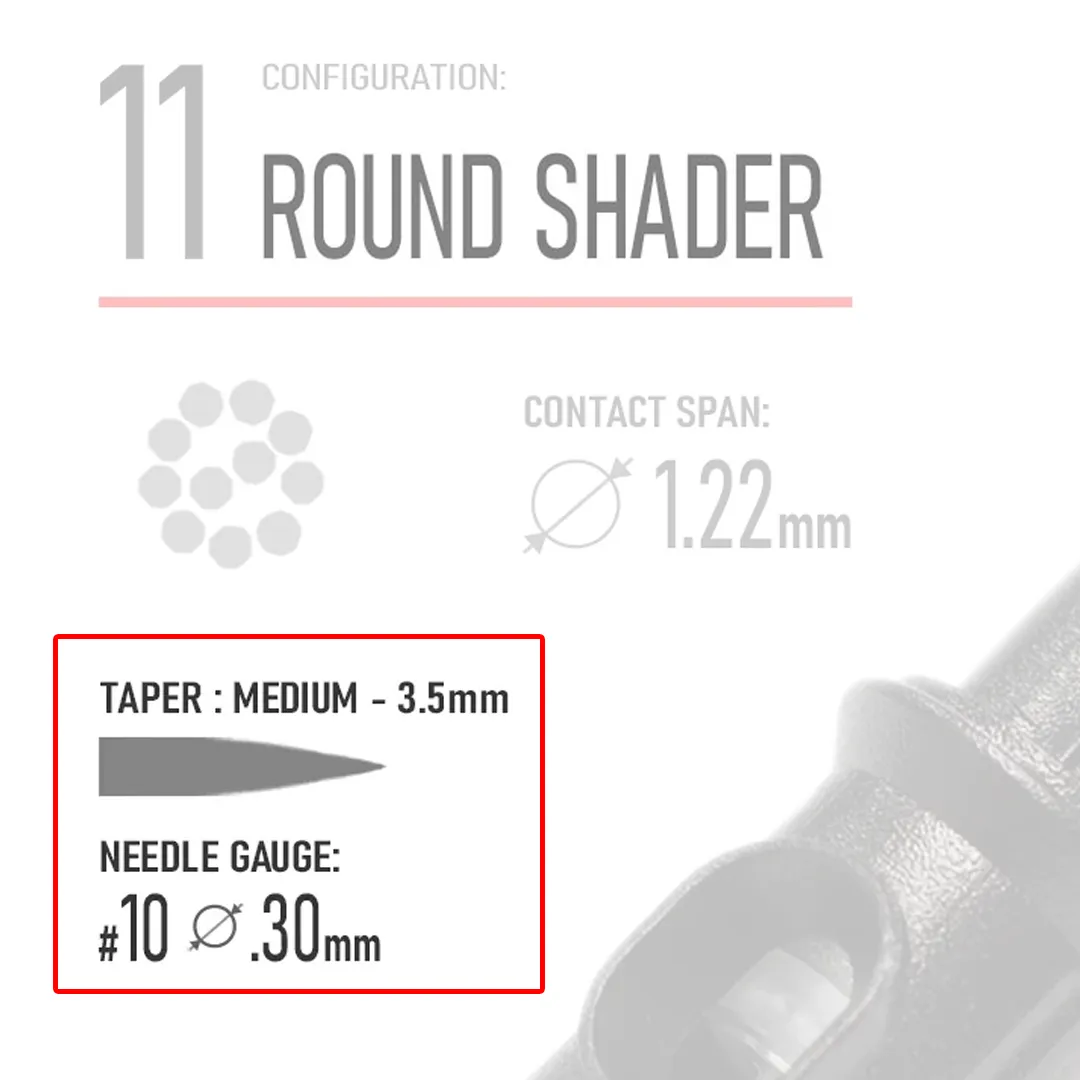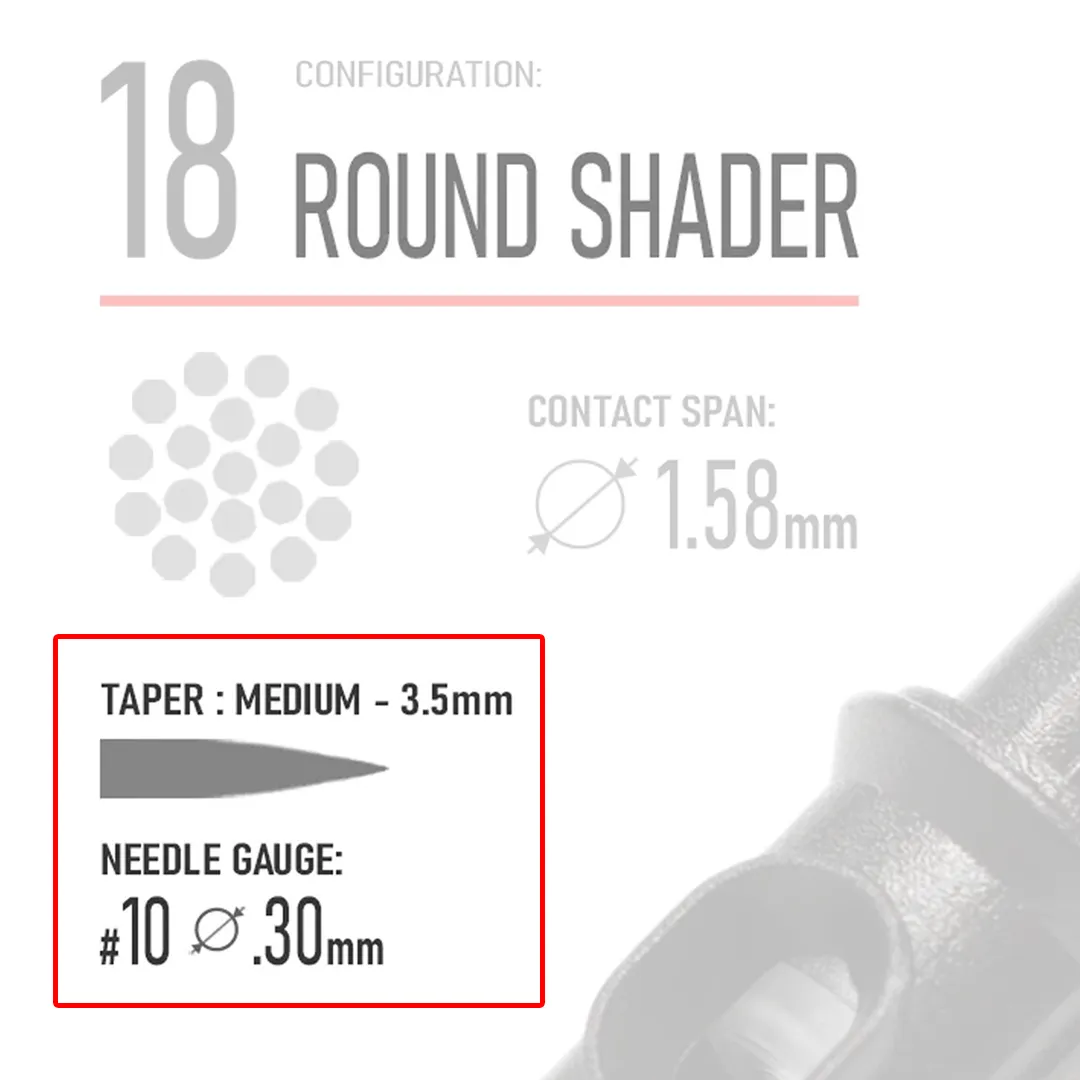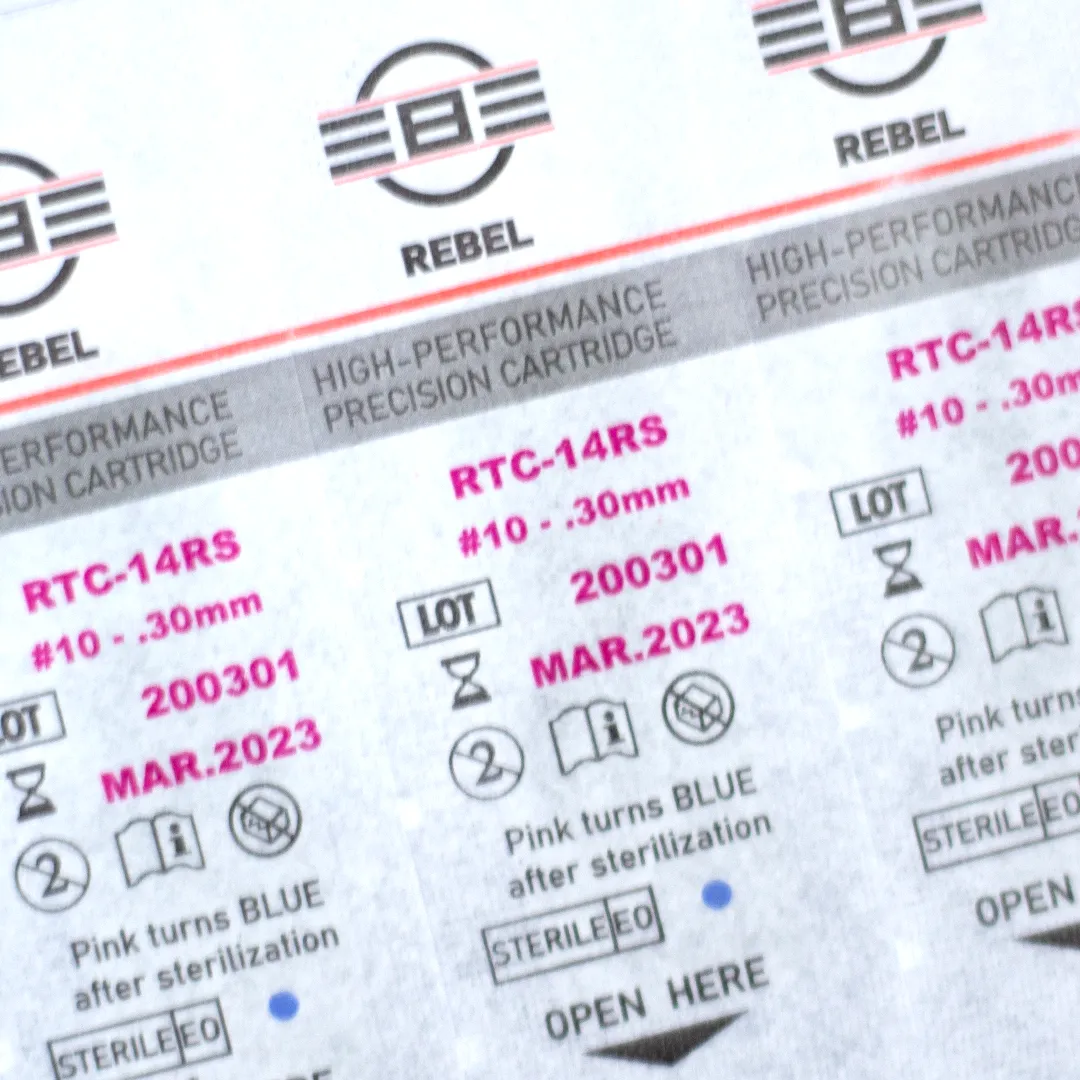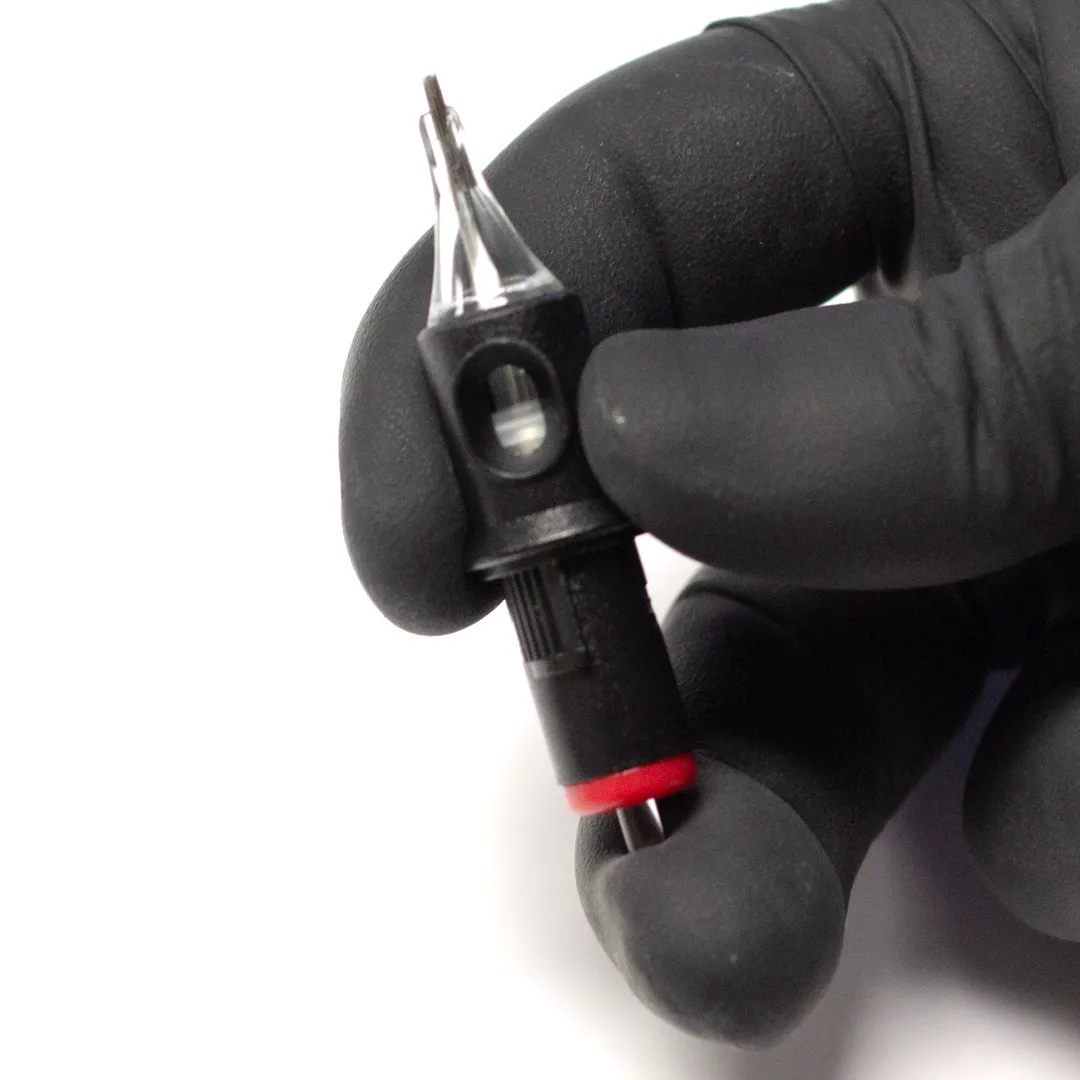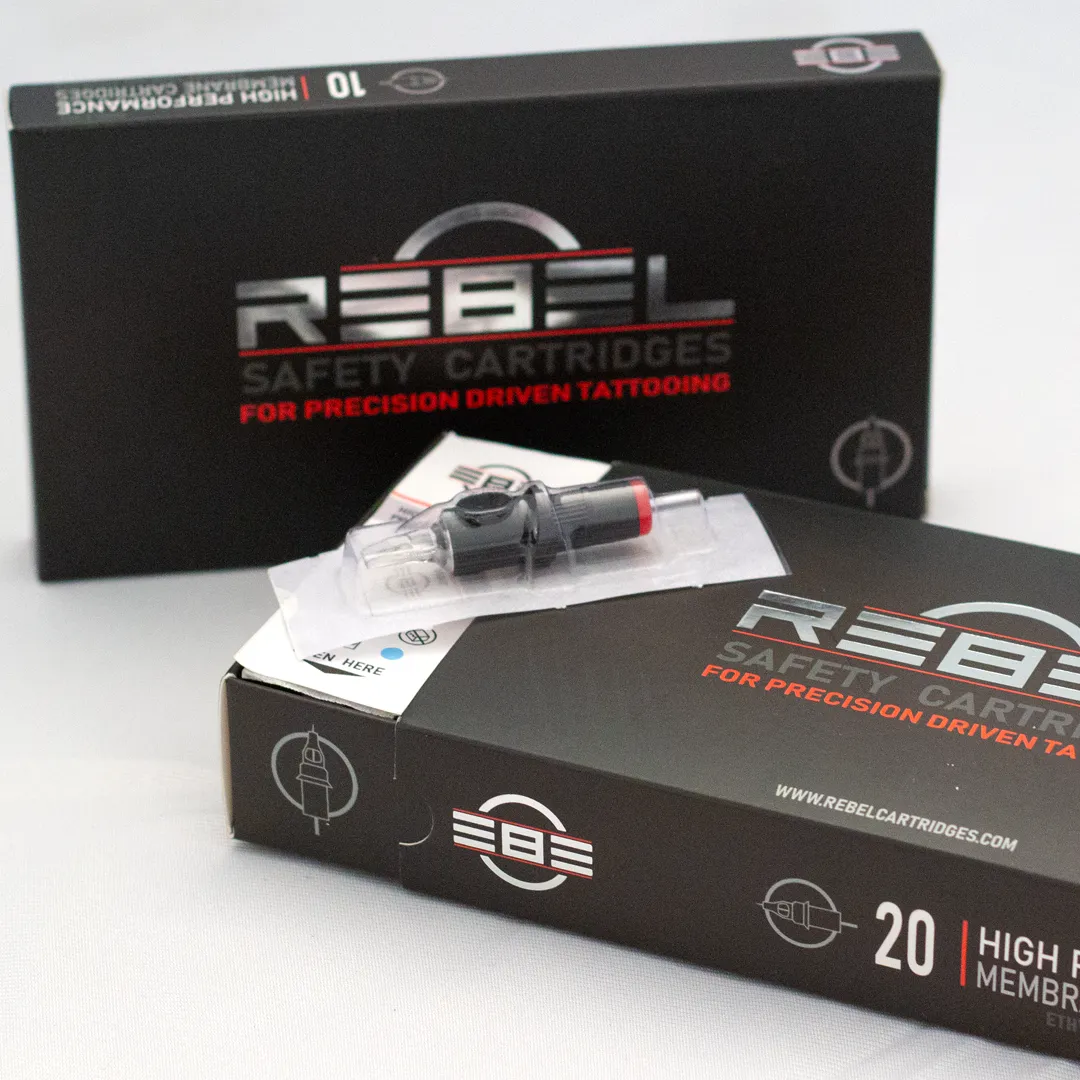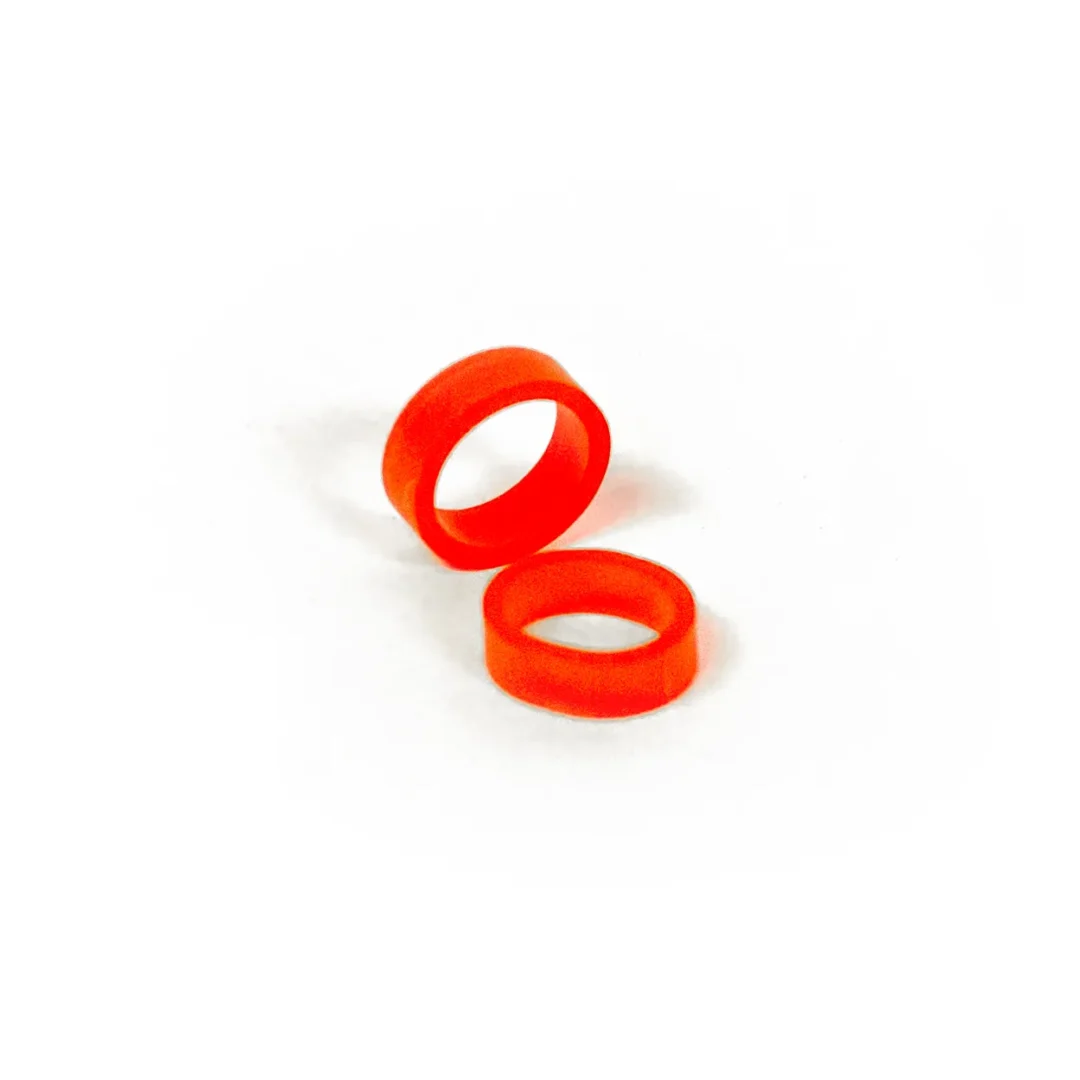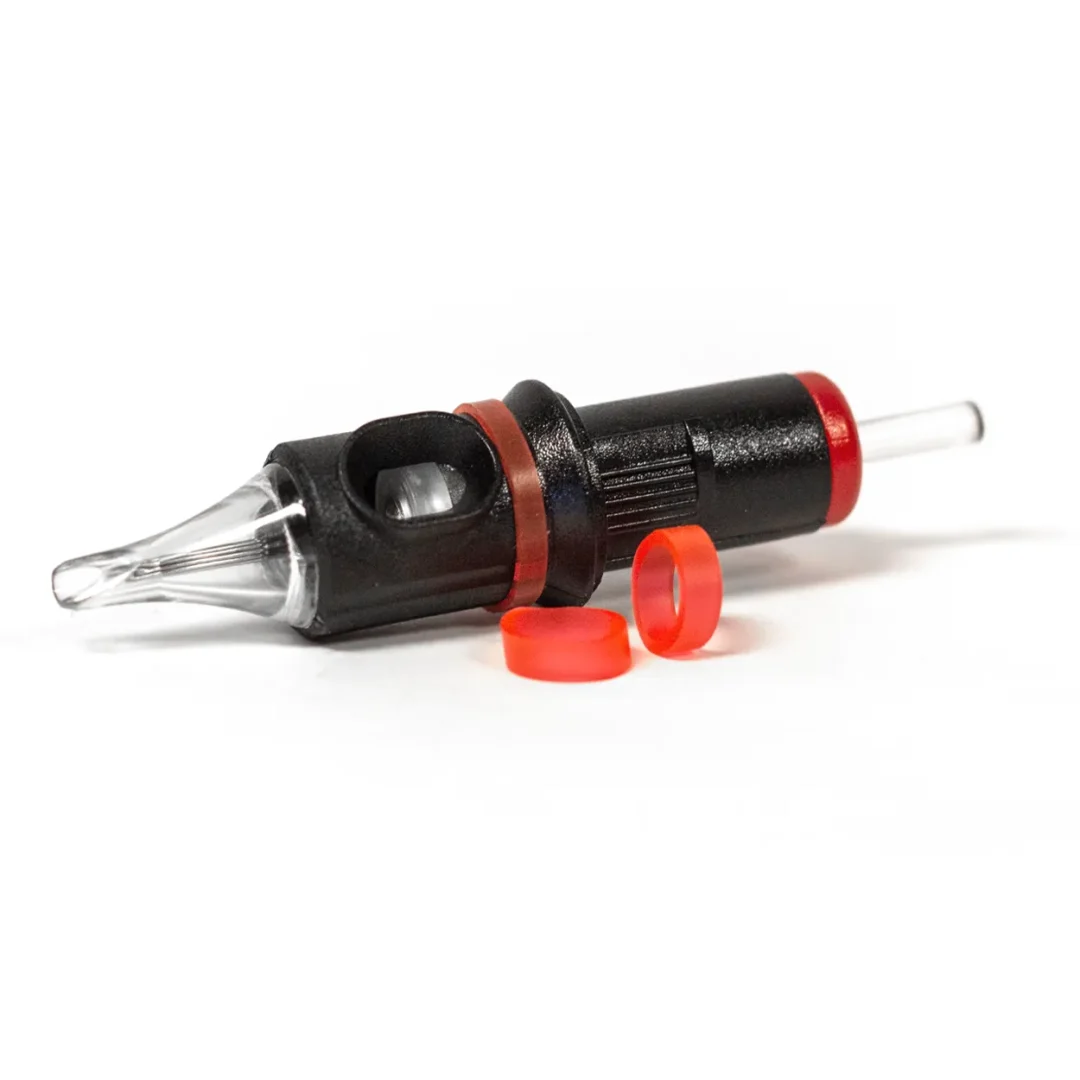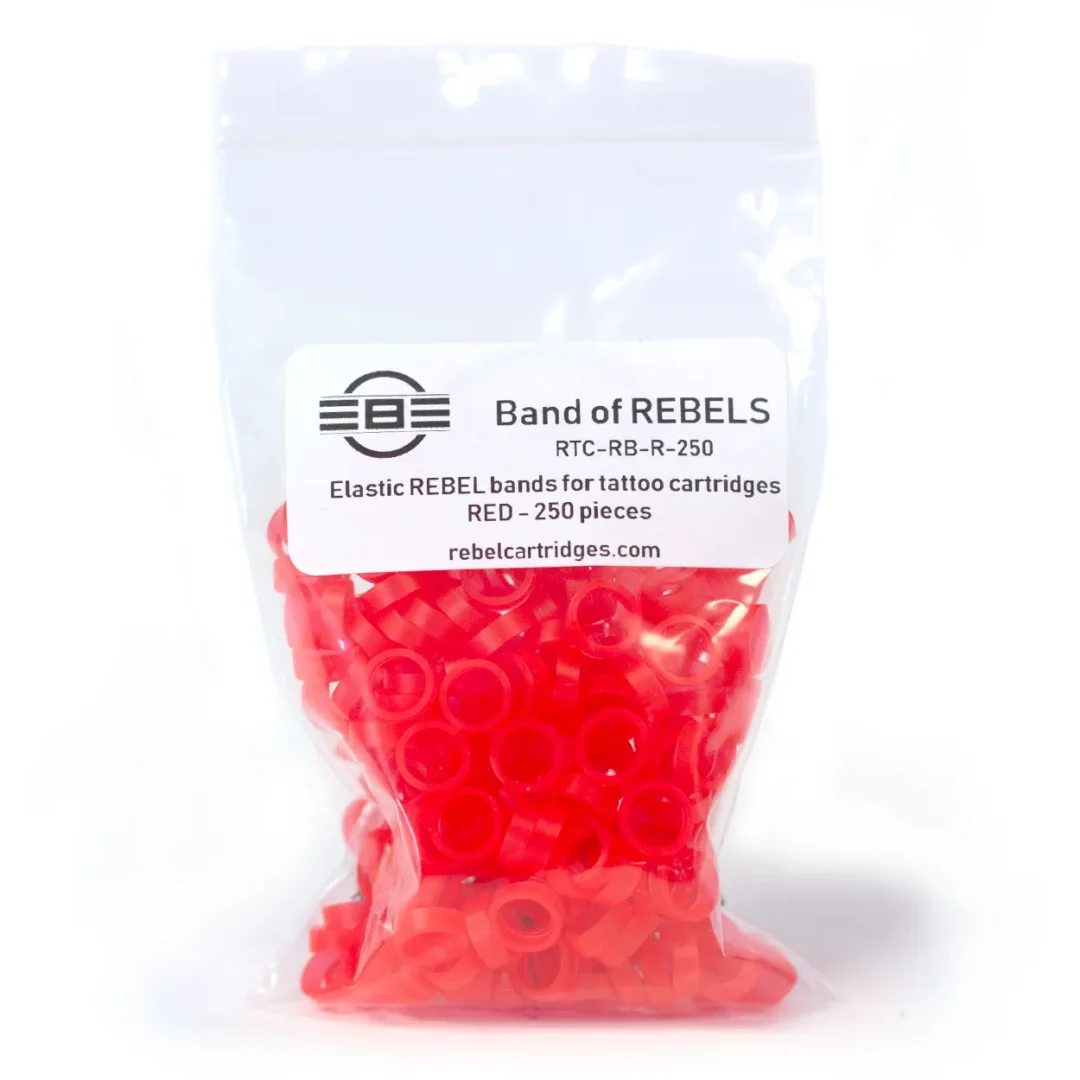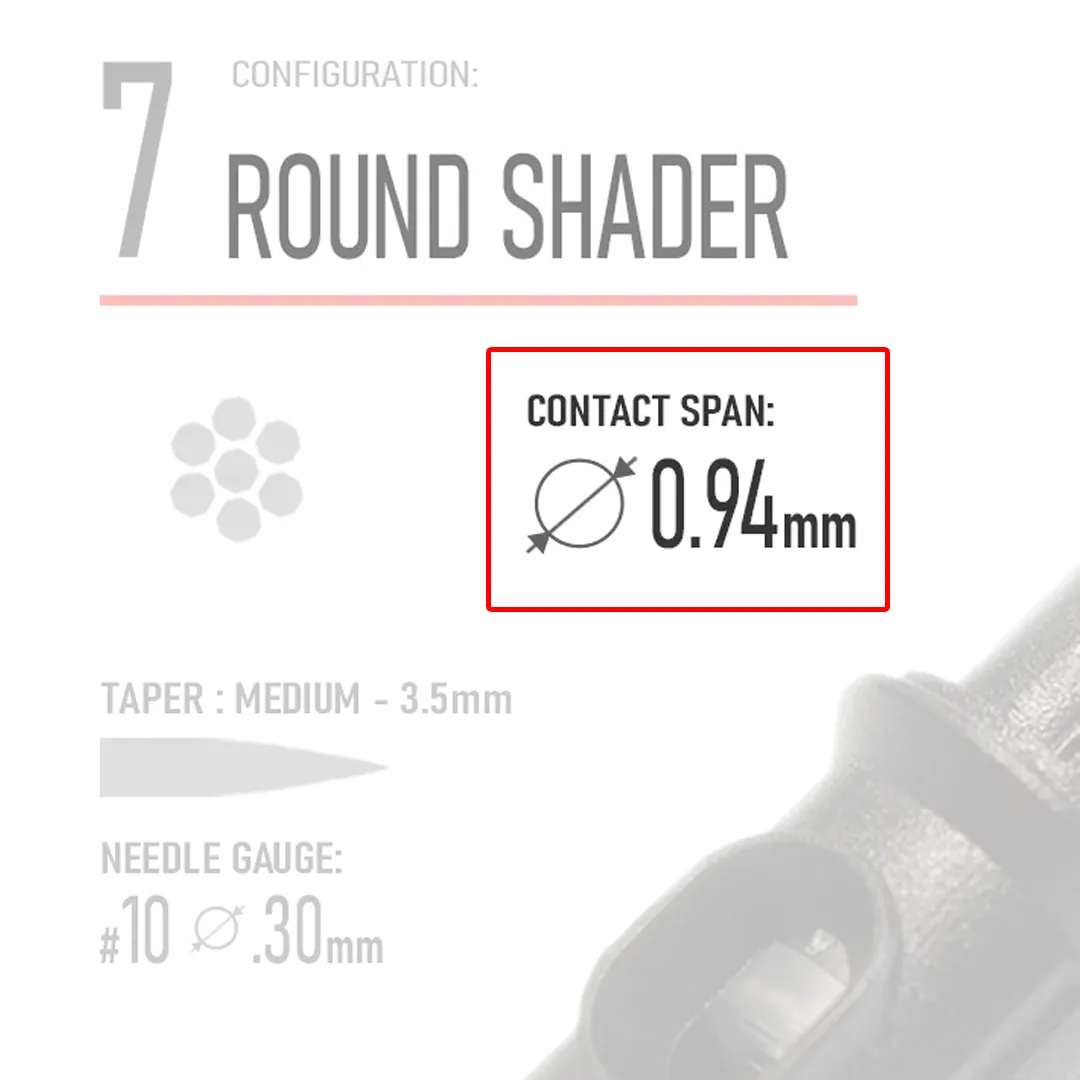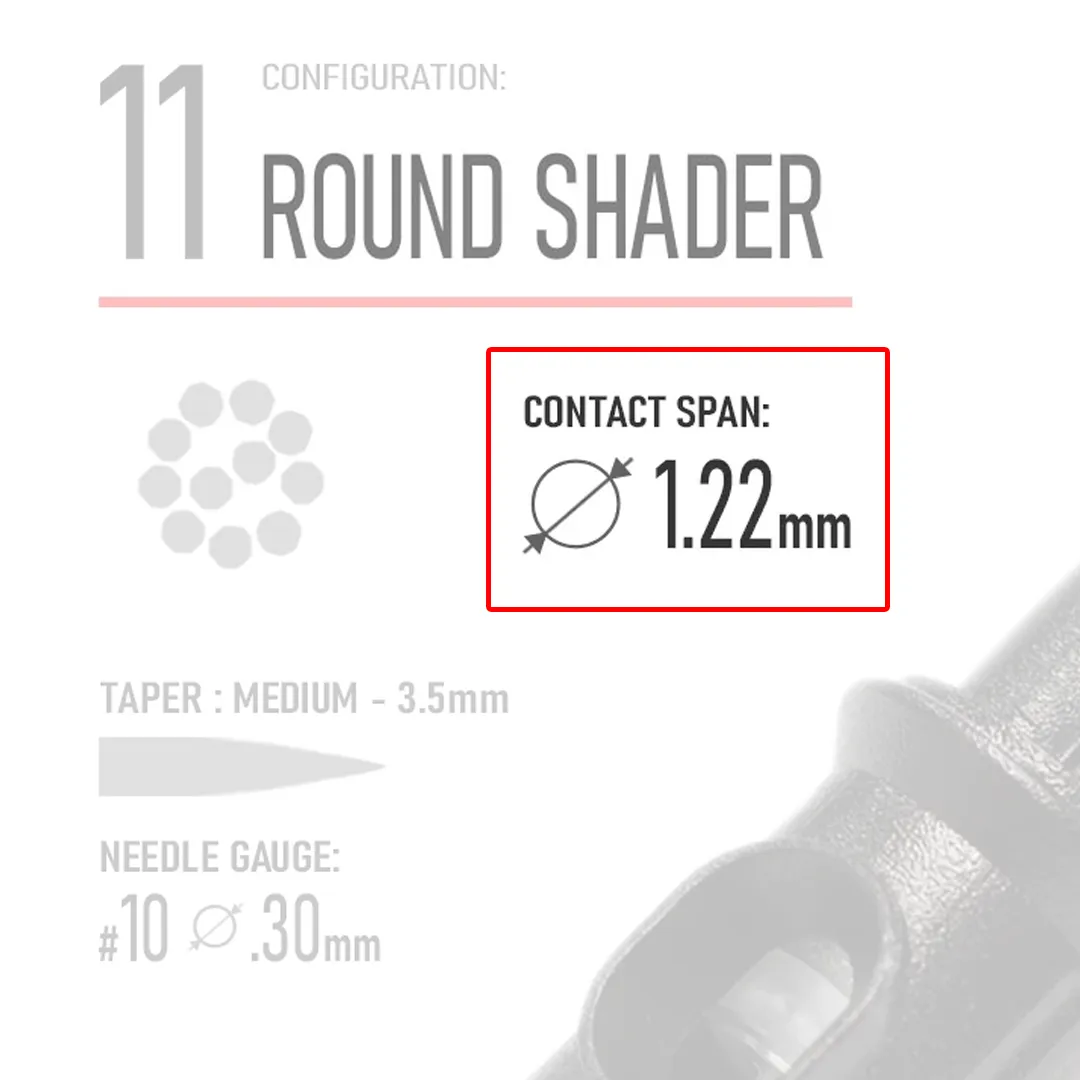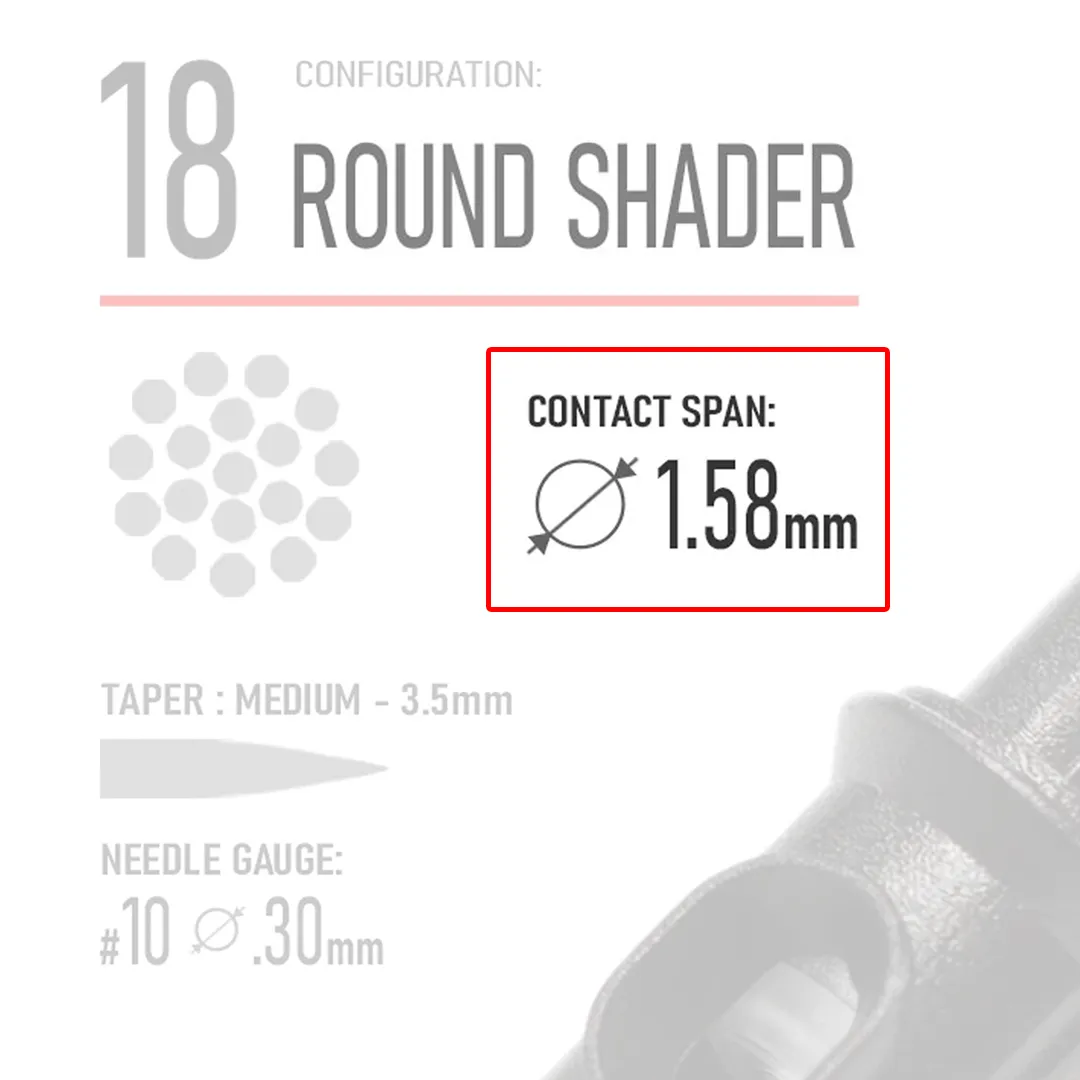LIVE - Rebellion Reads Posts
Round Shader Tattoo Needle Configurations Explained | Tattoo Equipment Evolution Pt. 4
Guide to Round Shader Tattoo Needle Configurations
Round shader tattoo needle configurations were among the first tattoo needle categories in history, appearing even before magnums. In fact, they have been present since the earliest days of tattooing. Just like how painters rely on round brushes for smooth shading and color blending, tattoo artists use round shaders to create precise shades and densely packed color areas.
In the evolution of tattoo equipment, understanding each needle configuration is essential. Therefore, when you know the shape, gauge, and contact span of needles, you can better predict the results you will achieve. In this article, I’ll break down everything you need to know about round shader tattoo needle configurations, including industry codes, REBEL cartridge specifics, and practical tips for shading and color work.
Let’s get to it.
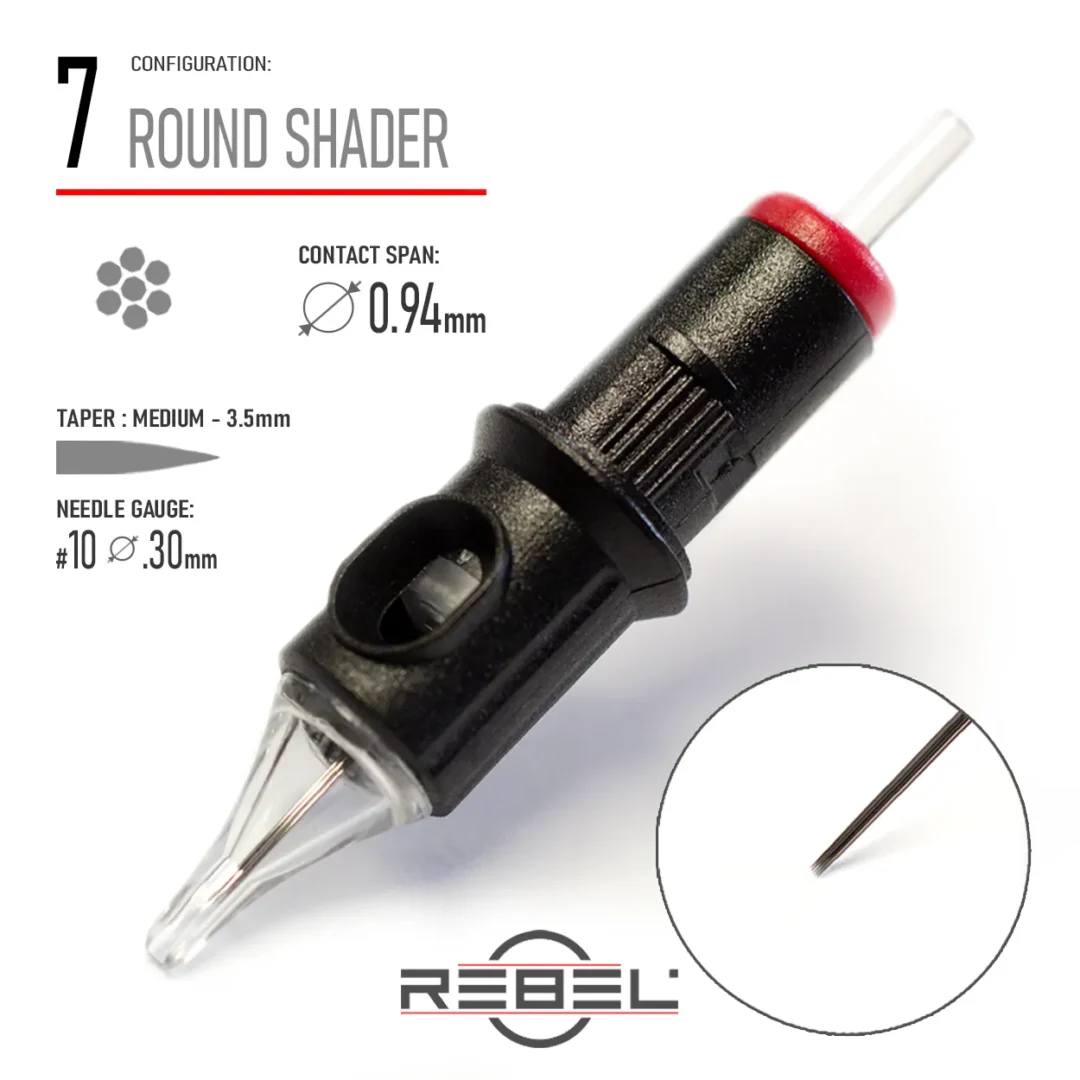
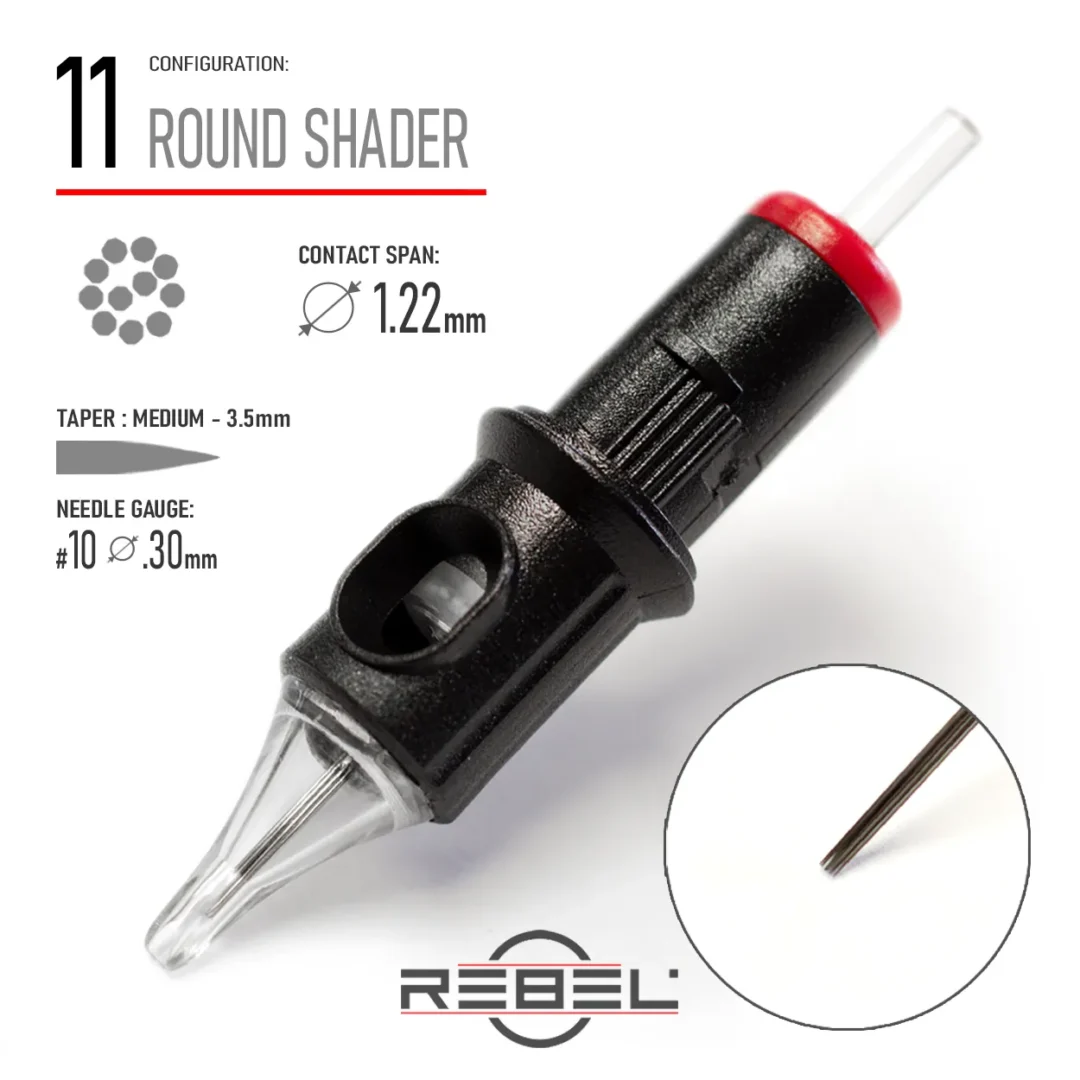
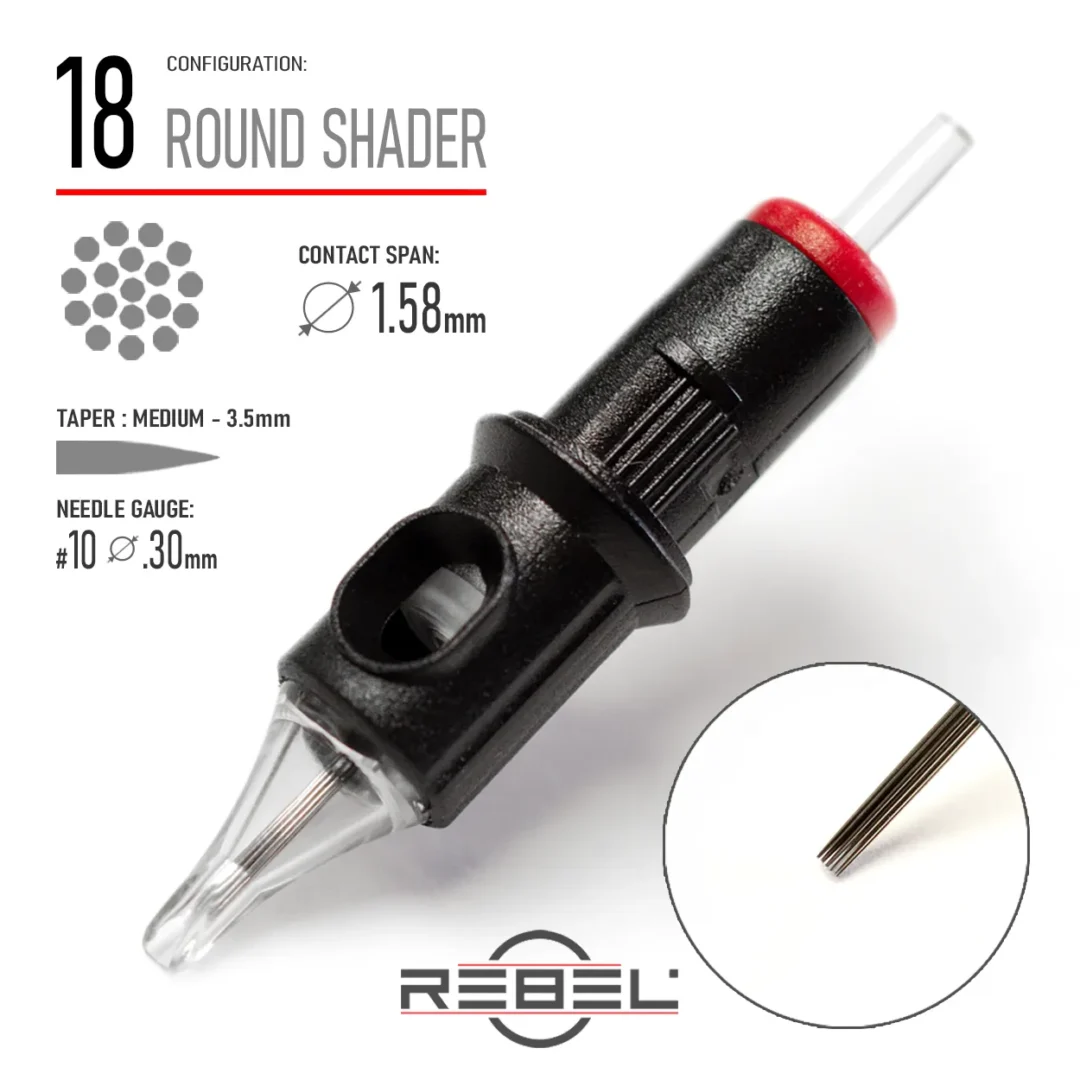
How to Recognize Round Shader Tattoo Needles
Round shader needles are grouped in a circular pattern, but unlike liners, their tips do not converge at a point. This design allows tattoo artists to deposit ink evenly across a broader area, making them ideal for shading and color packing rather than precise lines.
Moreover, round shader needles mimic a painter’s round brush in traditional art. Just as a round brush allows artists to create smooth gradients and soft shading, round shader needles enable tattoo artists to achieve consistent tonal blends and evenly filled areas. For more information, see this guide on round brushes in painting.

What Makes Round Shader Configurations Unique?
The “round” shape is essential in tattooing, because it allows for textures and shading effects that other needle configurations cannot achieve. As a result, round shader configurations are often chosen for:
- Color packing
- Shading (Gray-wash)
They are NOT suitable for precise line work. Moreover, artists who attempt to line with shaders usually find the results inconsistent.
Additionally, understanding this difference can prevent mistakes when switching between needle categories.
The Round Shader Needle
Round shader needles are typically medium-tapered and always maintain a round formation, regardless of the number of needles. Unlike liners, the tips do not converge to a point; instead, they remain more parallel. This design allows them to perform differently than round liners, covering a broader surface area. They are especially well-suited for creating various textures, such as the intricate shading found in tree crowns.
US Standard Sizes include:
- #8 (.25mm) – Fine
- #10 (.30mm) – Standard
- #12 (.35mm) – Fat
Note: All REBEL round shader needles are MEDIUM TAPERED.

So you always know what to expect. In fact, this ensures consistent results in shading.
Tattoo Needle Variations
Round shader configurations do not have as many variations as round liners or magnums. Even so, they remain essential for shading work. Typically, round shader sets range from 7 to 18–20 needles, with odd-number groupings (7, 9, 11, 13…).
Tip: Don’t confuse gauge (thickness of each needle) with taper (needle shape), since these two describe different properties. In practice, both play an important role in how the needle performs. Additionally, using the wrong combination can affect shading outcomes.
Below is a breakdown of typical round shader configurations, showing how count, gauge, and taper interact in practice.

Note: Matching color fields indicate overlapping needle configurations, showing the manufacturing possibilities of different gauges to create the same contact span.
Understanding Round Shader Codes
The industry uses the abbreviation RS (Round Shader) to identify this category. Codes usually combine two elements for sure and taper is not always known:
- Number of needles
- Needle gauge
- Not always know taper type
For example:
- 1018RS → #10 gauge (.30mm), 18 needles, Round Shader
- 18R → 18 needles in round configuration
However, not all codes are equally descriptive, so careful attention is required.
REBEL Coding System:
- RTC = REBEL Tattoo Cartridge
- Number of needles + Category
- Gauge listed on blister packaging (e.g., #10 – .30mm)
Examples include:
- RTC 7RS – 7-needle, #10 (.30mm) medium taper, 0.94mm contact span
- RTC 18RS – 18-needle, #10 (.30mm) medium taper, 1.58mm contact span
Note: All REBEL round shader cartridges are medium-tapered, which means consistency across every size. In addition, this standardization simplifies inventory management.
REBEL Round Shader Tattoo Needles Inventory
REBEL offers a selection of #10 (.30mm) round shader cartridges, each with precise contact span, a technical measurement of soldered needles used in tattooing.
BAND of REBELS: Identify Your Cartridges with Ease
When working with multiple REBEL cartridges on your tattoo station, round shaders can sometimes look identical at a glance. This is where the BAND of REBELS comes in handy. These color-coded bands help you quickly distinguish between needle types, counts, and gauges, saving time and reducing mistakes during sessions. For professional artists, it’s a simple but essential tool for keeping cartridges organized and workflow efficient.
In addition, every cartridge is engineered for accuracy, which ensures predictable results in shading work.
REBEL Contact Span definition
The term Contact Span is a REBEL innovation. It defines the exact surface of the tattoo needle that touches the skin and leaves the inked mark. Importantly, REBEL is the first in the industry to define needle configurations with this level of precision, reflecting our commitment to clarity and accuracy for professional tattoo artists. In doing so, we established a unified measurement that allows different brands and their unique manufacturing codes to be compared on equal ground. Ultimately, what matters most is how thick a line the needle produces or how much surface a configuration can cover when used for shading.
Contact Span in Round Shader Tattoo Needle Configurations
For round shader tattoo needles, Contact Span represents the total diameter of the configuration, determined by the number of needles, their gauge size, and the taper. Because of the circular grouping, this span forms a round shape that directly dictates the surface area covered in a single pass. This makes Contact Span especially relevant for smooth shading and color packing. By standardizing this measurement, REBEL gives artists a precise way to compare shader groupings across different brands and coding systems.
This term describes the total width of the needles soldered together. It helps determine:
- Line thickness
- Shading coverage
- Classification in round configurations: BUGPIN, STANDARD, POWER, or ROUND SHADER
Therefore, by understanding Contact Span, you can make more informed choices about which cartridge suits your style. Moreover, this knowledge helps avoid mistakes when transitioning between needle types.
Gauge Differences:
- #8 = 0.25mm → BUGPIN
- #10 = 0.30mm → STANDARD
- #12 = 0.35mm → POWER
Choosing the Right REBEL Round Shader Cartridge
While round shader cartridges come in a range of sizes, REBEL focuses its inventory on #10 (.30mm) cartridges. Smaller #8 BUGPIN sets (3–7 RS) offer minimal advantage for most artists. Conversely, the largest #12 POWER 18RS cartridge shows little visible difference in practice, competes directly with small magnum configurations, and is therefore not widely used.
As a result, the most practical choice for everyday work remains the #10 (.30mm) medium-taper round shader. In fact, most professional artists rely on this gauge for both shading and color packing.
Here’s a complete look at the REBEL Round Shader Cartridge inventory, organized by size, count, and gauge. This chart makes it easy to match your preferred configuration with your shading needs.




Conclusion
Round shader tattoo needles provide reliable shading and color-packing options for professional artists. By comparison, liners and magnums serve different purposes, which makes shaders a category worth mastering on their own. Furthermore, understanding gauges and contact span ensures more precise results.
In conclusion, round shaders remain one of the most versatile tools for shading and blending in tattooing. Additionally, they form a critical part of any artist’s cartridge inventory.
At REBEL, our precision cartridges deliver the consistency and reliability artists need to bring their designs to life.
Finally, stay tuned for the next installment of the Tattoo Equipment Evolution Series, where we continue revealing professional tattoo supply insights.
